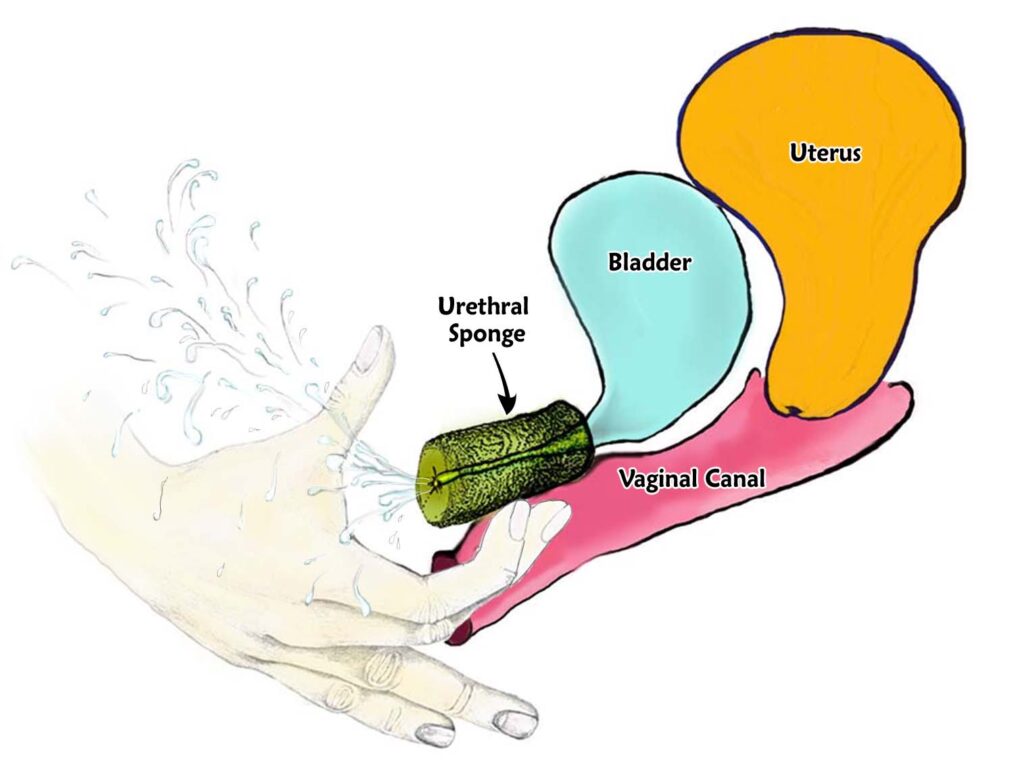Researchers experimented with 5 women
It’s a question many men have always raised but this time Japanese urologists wanted to find a definitive answer. Therefore, to find out if the fluid released by women when they squirt is urine or something else, researchers made an experiment in which they injected an indigo-colored liquid into women’s bladders to check where it would come out.
According to this article, all of the women of different ages, two in their 30s to four in their 40s to one in her 50s, admitted to squirting during previous sexual encounters.
Squirting is a clear, odorless fluid as opposed to vaginal lubrication, which occurs when a person is aroused and their vagina secretes a white, milky fluid. According to sex educator Marla Renee Stewart, squirting can occur before, during, or after orgasm and has a geyser-like effect.
Squirting is another name for ejaculation that comes from the urethral sponge/CUV (clitourethrovaginal) complex/female prostate. In essence, it’s a gush (or trickle, or even just a few drops) that emerges from the vagina during sex, frequently, but not always, in combination with an orgasm.
For the experiment, doctors injected each woman with 50 milliliters of a blue-dyed saline solution after using a urethral catheter to drain the surplus urine from their bladder. Then women were subjected to manual penetration by a male subject the doctors recruited. In addition, they gave the man instructions on how to “ease squirting” by using his fingers and penis.
In the videos of the experiment, doctors could see indigo liquid squirting from the genitalia of each of the five ladies. Therefore, the researchers’ findings pointed to the bladder as the source of at least some of the fluid that women squirted, according to the urologists stated in a report that was published in the International Journal of Urology.
Although there isn’t much research on squirting and how it works, evidence points to a connection with certain glands in the urethral sponge, which is embedded in women’s vaginal walls and involved in urination, according to a previous article in Mind Body Green.

The urologists who carried out the experiment investigated and discovered PSA levels in the liquid each lady released following penetration to see if squirting included pee. Some researchers think that PSA, a chemical present in semen, provides proof that squirting fluid is not actually urine but rather an arousal-related substance.
Other compounds in squirting liquid, however, are also present in urine. According to some studies, those who squirt may unintentionally produce tiny quantities of pee but according to Zhana Vrangalova, a sex researcher at New York University, the amount of urine is influenced by when the person last urinated and their level of hydration.

